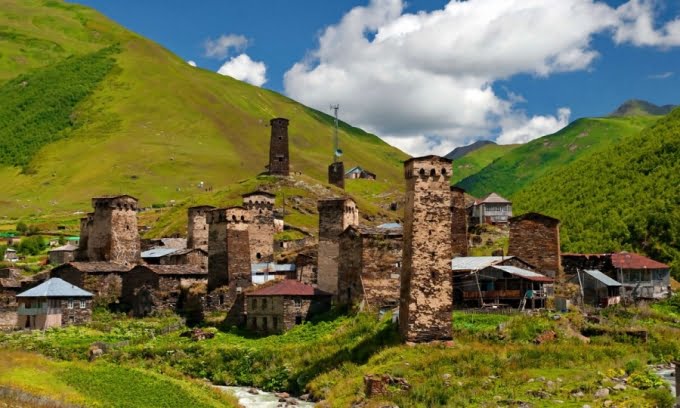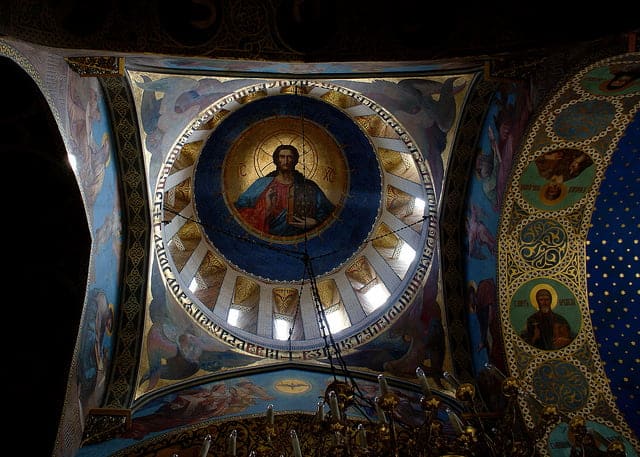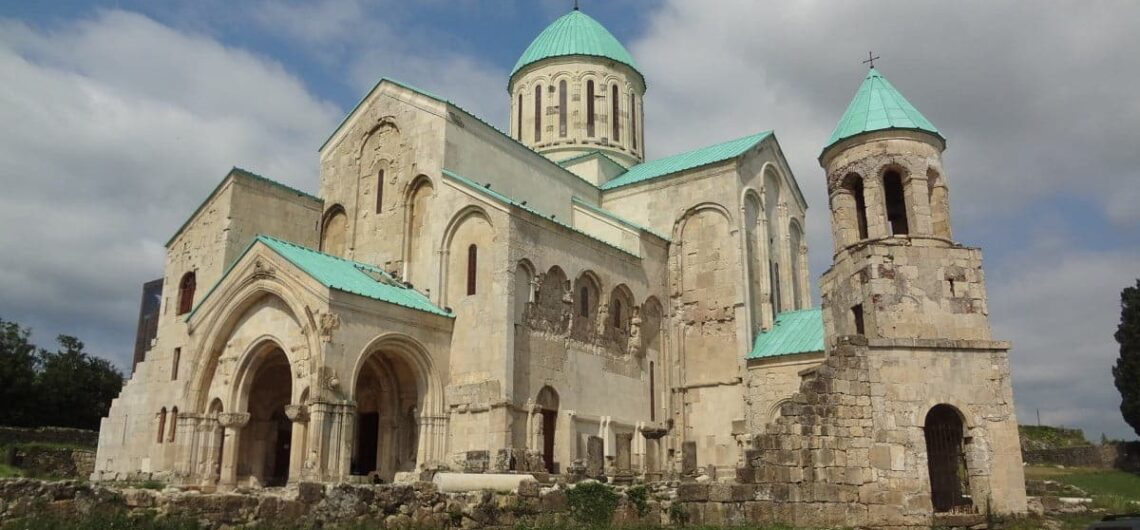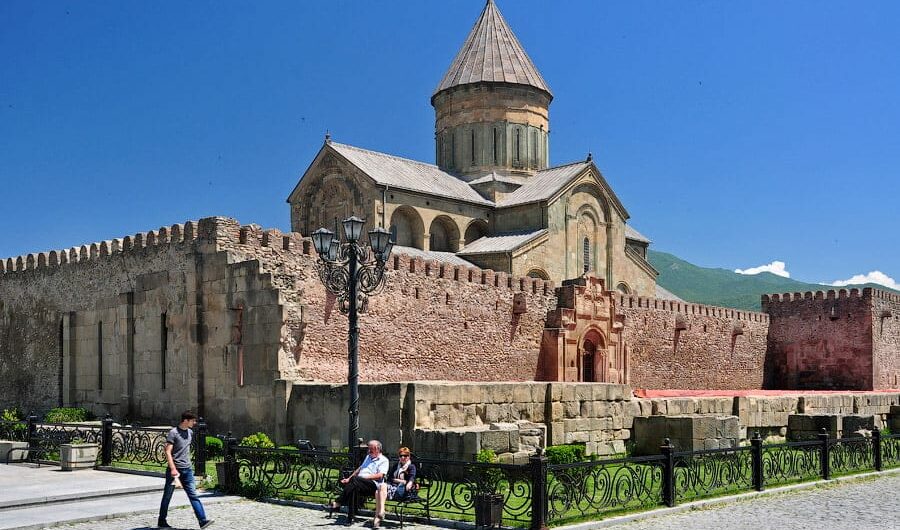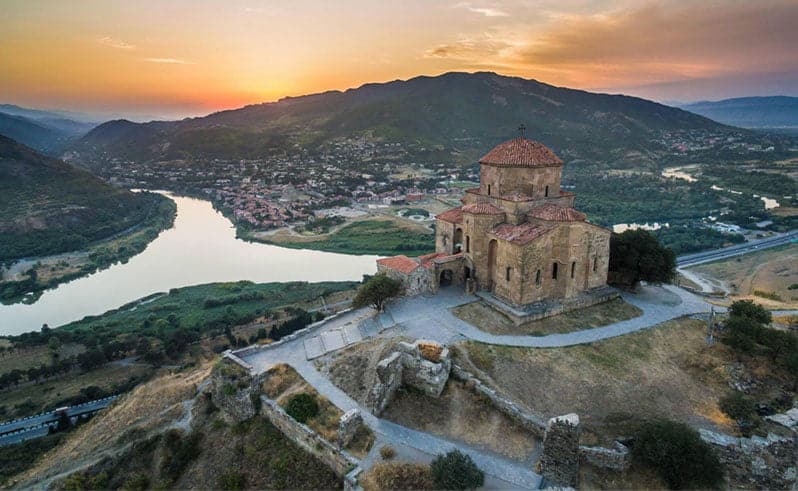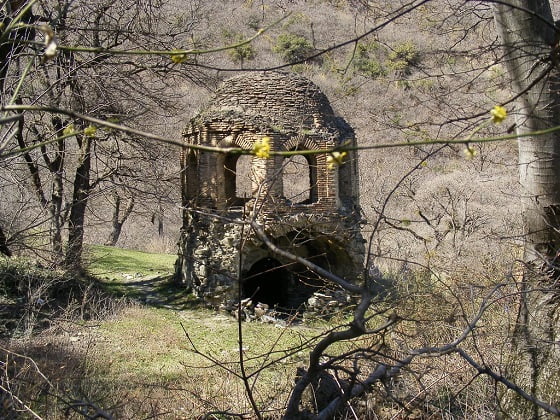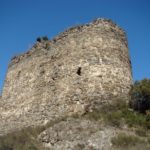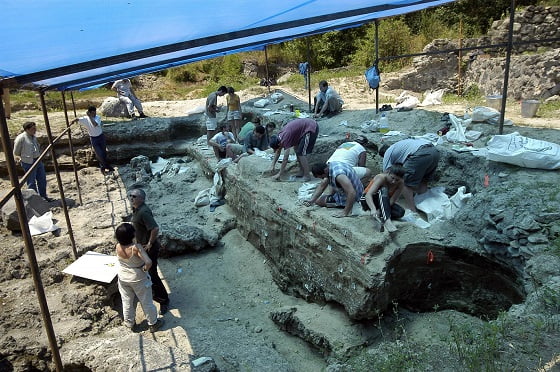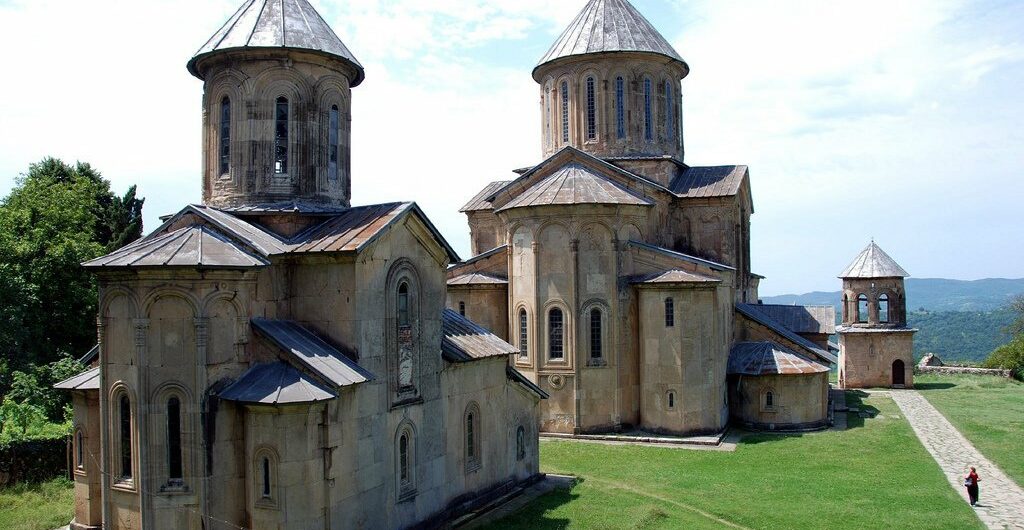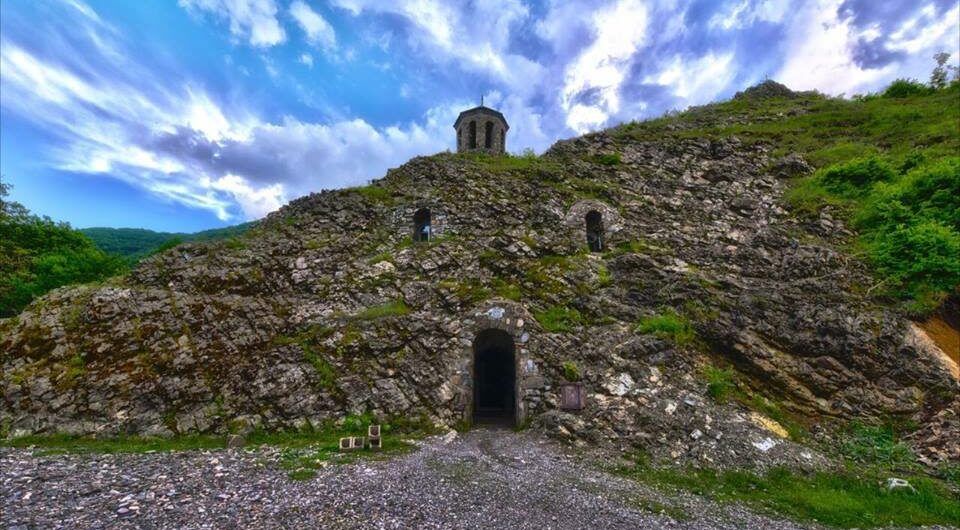Gonio Fortress
Firstly, Gonio Fortress area is one of the important archeological sites in Georgia located in Southwest Georgia, Achara Autonomous Republic, on the left bank of Chorokhi River.
Location and description :
- The distance from Batumi to Gonio is about 15 km, from Tbilisi-380 km.
- Gonio fortress is the oldest fortress in Georgia occupying approximately the territory of 4, 5 hectares.
- Its history amounts to millenniums.
- The archeological layers of the territory belong to XV-XVII centuries BC.
- Archeological excavations conducted on the territory discovered materials of Hellenistic period.
- It is worth noting that public buildings are also found together with the material items such as pottery, bronze, silver, gold etc.
- In addition, the ancient fortress erected at the mouth of Chorokhi River is one of the popular tourist attractions all over Georgia.
- The fortress was a Roman fortification in Achara.
History of Gonio :
- In the 2nd century AD Gonio was a well-fortified Roman city within Colchis .
- Moreover, we know it by its theatre and hippodrome. It later came under Byzantine influence .
- Nowadays the remnants of the ancient fortress consist of massive defensive wall of the most perfect stonework, reinforced with the counter-forcing structures .
- Also several military paths and crenels, remains of monumental construction, Roman bathhouse, ancient water supply system, fragments of an ancient caravansary of the XVI-XVII centuries, clay baking ovens etc.
Gonio Treasure :
- Among the numerous artifacts found on the territory the most note-worthy is the set of gold things known as “Gonio Treasure”.
- Also, they are undoubtedly brilliant samples of high level of craftsmanship and sophisticated art.
- In general, the material discovered on the territory belongs to different historical periods.
- Earliest samples date from VIII-VII cc. BC and the latest-XIX c. AD.
- In the end, you can spend a good time in the hotels in the area
- Also, you can make various excursions, starting from the distinguished Junio Beach to enjoy Batumi and the mountains around it .
- Enjoy life and night activities in Batumi .

